In my previous post, I was a little harsh on the commercial chocolate currently being made in Cuba at their government-run chocolate factory. But I did mention that there are individuals who are growing small amounts of cacao on their private properties and making a more pure and authentic form of tree to bar chocolate in Cuba–without all that unnecessary sugar.

making tree to bar chocolate in baracoa, cuba
In this post, I’d like to take you to Casa de Zoila, a small property in the Baracoa region of Cuba where Zoila grows her own cacao and goes through each of the steps to make her 100% raw and organic cocoa chocolate bars, as well as bonbons and cocoa balls.

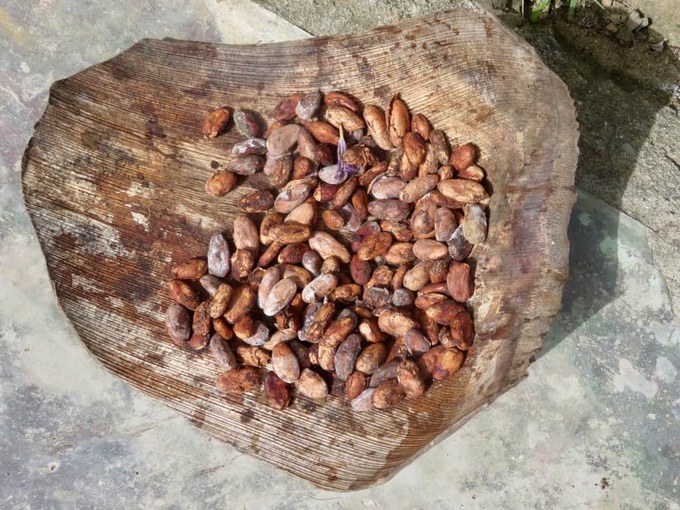
Zoila ferments the cocoa beans in a pot covered with a banana (or any other large) leaf for four days. She then dries the fermented beans in the sun for four days. She then roasts the beans for 15 minutes on a wood fire. After they’re roasted, the beans are fairly easy to shell. The shelled cocoa beans are then run through a manual grinder.
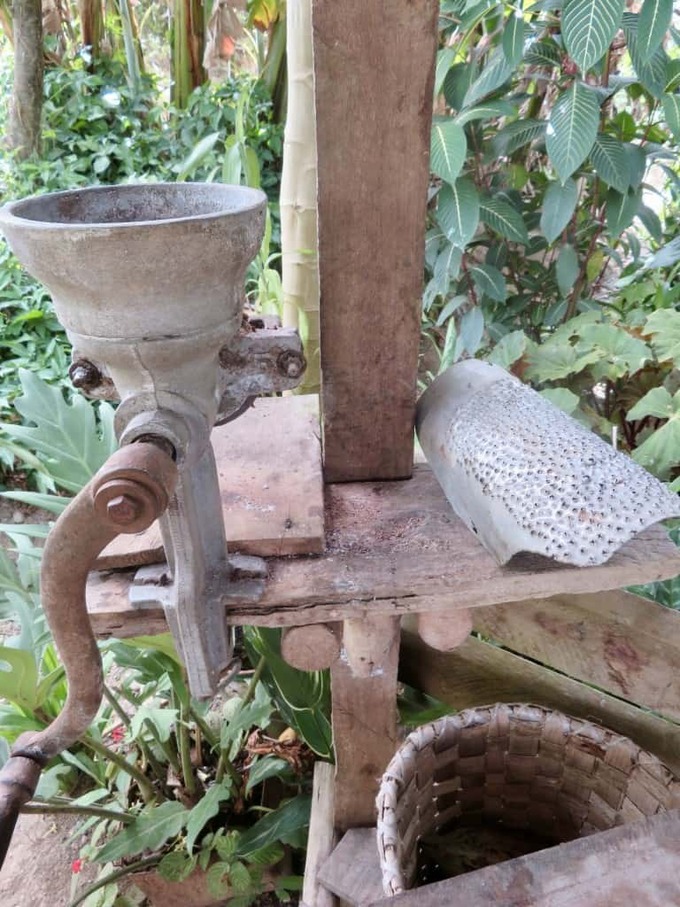
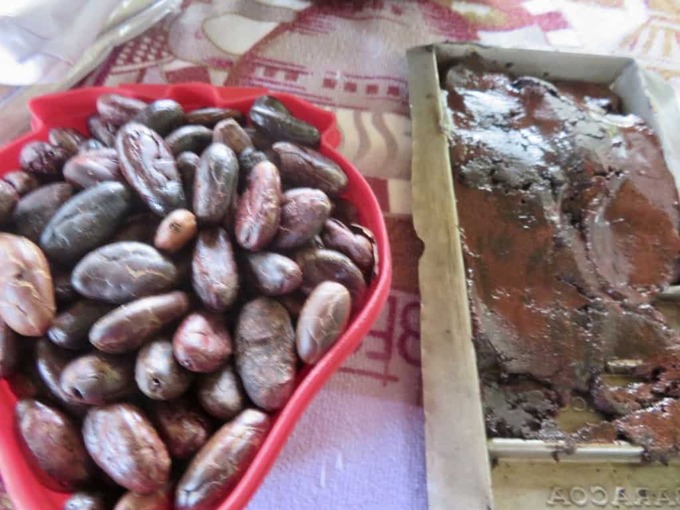


The chocolate in Zoila’s Baracoa bars is 100% cocoa and quite intense. She uses pieces of these bars to melt down and make her special hot chocolate drink made with hot water and sugar added to taste. Be prepared! This is not the silky hot chocolate we may be used to in other parts of the world. This is a hot chocolate drink intense in flavour and true to its essence. Think of it as chocolate espresso!
My thanks to the Cuban Tourist Board for financing this trip and arranging my terrific cocoa-focused itinerary. We visited Casa de Zoila for a private tour thanks to the local office of cubatur, the government-run travel agency that worked in cooperation with the Cuba Tourist Board to organize my incredible itinerary to Eastern Cuba. There are other “cocoa houses” you can visit for public tours, including Finca Las Mujures recommended by my friends at Villa Paradiso Baracoa.
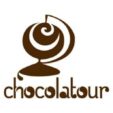

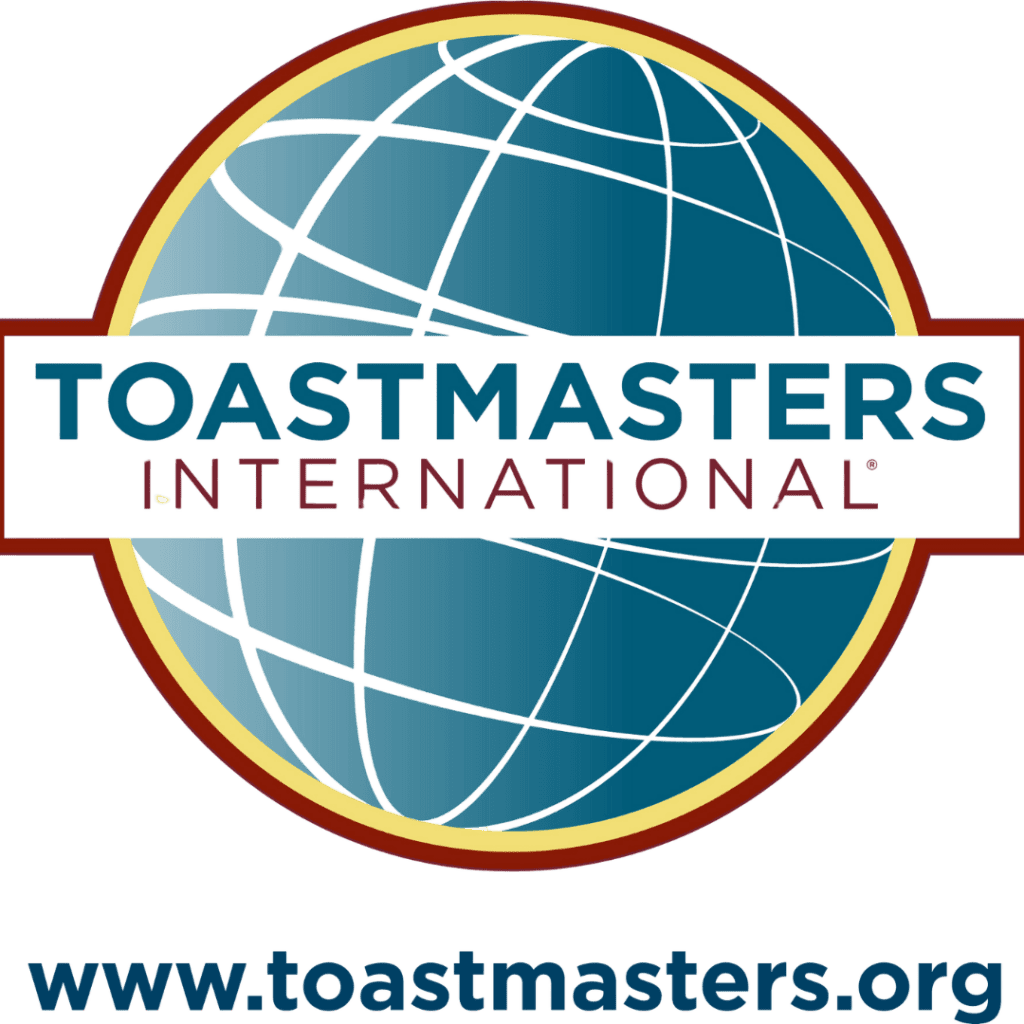

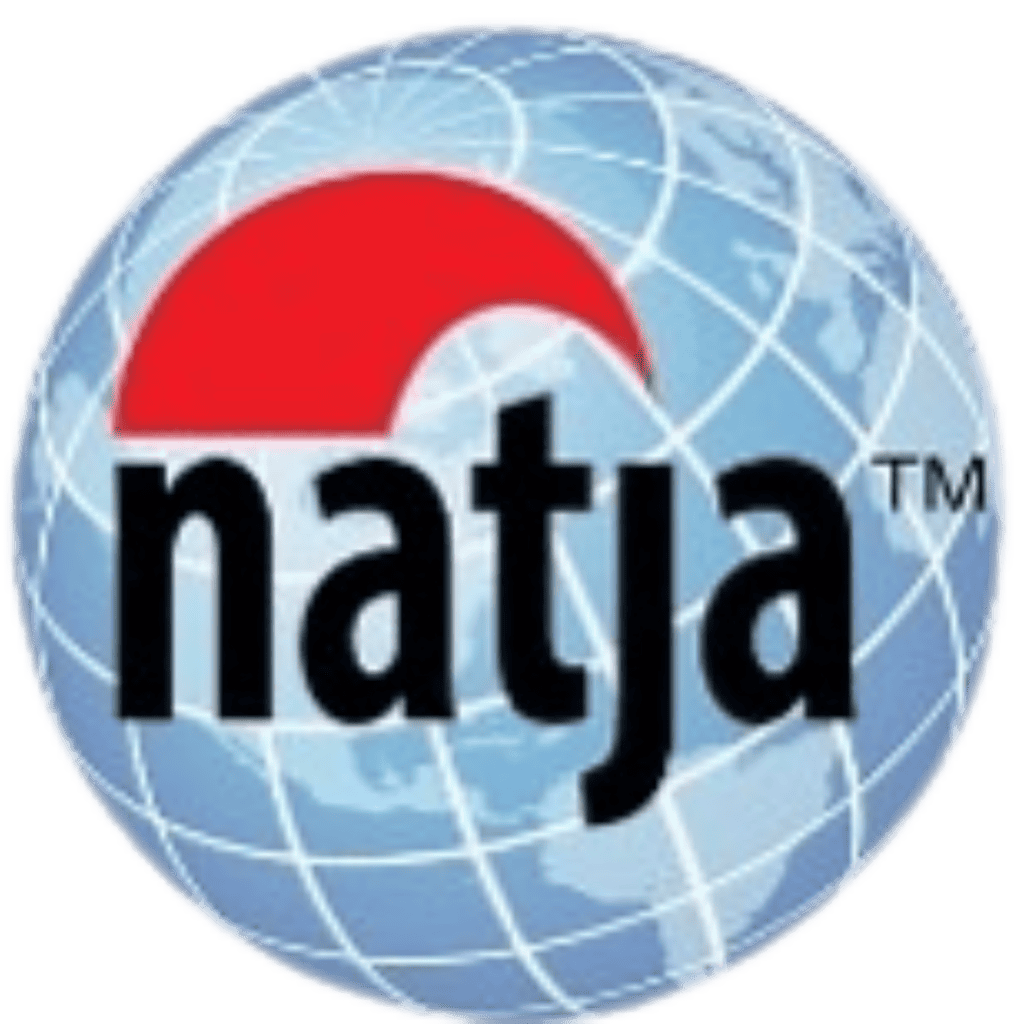

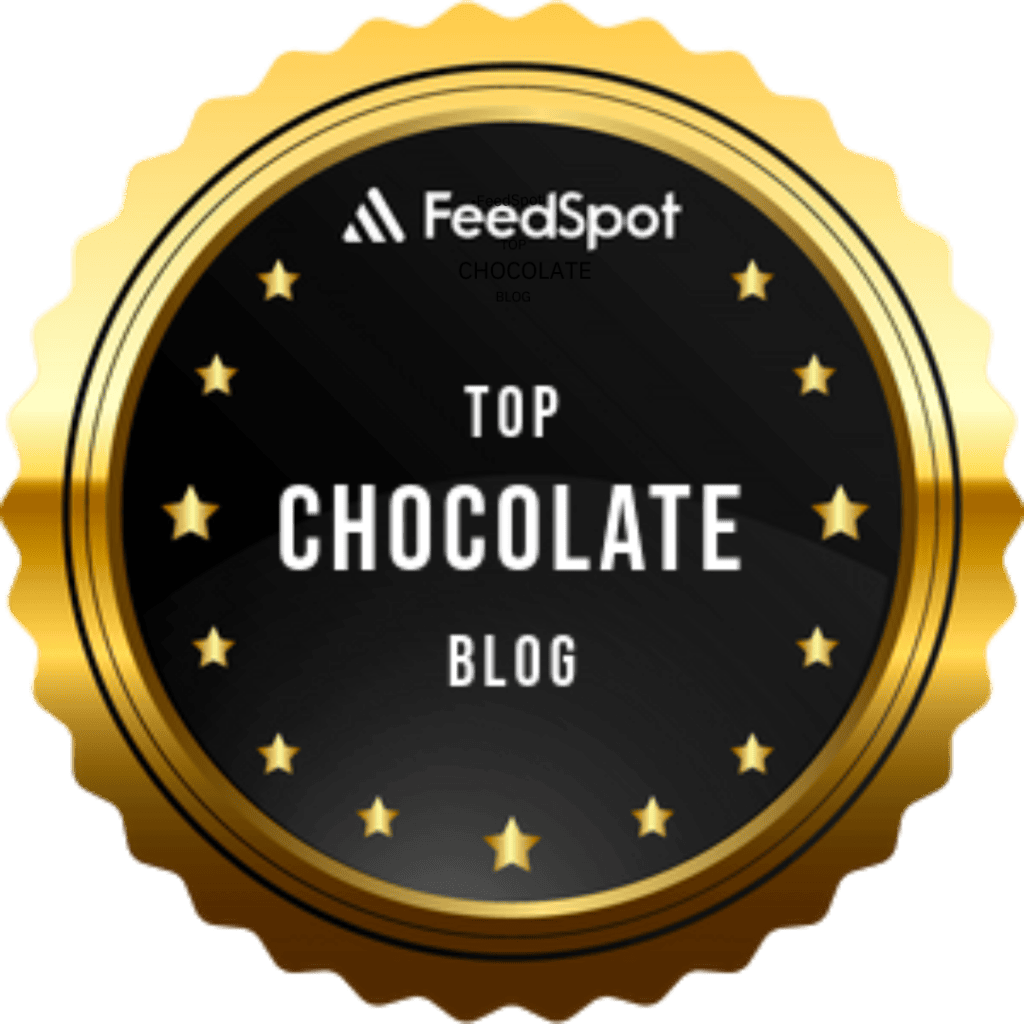

Such an interesting post, with fantastic photos of a process so many of us know so little about.
Thanks, Cynthia. Yes, it’s really fascinating to see how even tiny cacao farms like Zola’s can create some pretty amazing chocolate. Her chocolate was SO much better than the commercially produced Cuban chocolate which is laden with sugar.
Thanks for your article!
I love chocolate so much.
So very impressive. I really liked this article and the awesome pictures. Your knowledge about chocolate making has been detailed very neatly with catchy images and impressive writing skills.
Nice post. Excellent enough to learn about the chocolate making process. Thank you for sharing this valuable post about cocoa in Cuba. And also keep up the good work.
Excellent enough to experience the chocolate making process. But the best I thought was that chocolate in Cuba is making a pure and authentic chocolate without unnecessary sugar. This is not harmful in anything.
Excellent enough to experience the chocolate making process. But the best I thought was that chocolate in Cuba is making a pure and authentic chocolate without unnecessary sugar. This is not harmful in anything.
Wow, you had a great chocolatey tour that too arranged by Cuban Tourism Board. I loved the Zoila’s spirit and her love for chocolate. This is true authentic chocolate making by homegrown choco beans.
I would love to give that intense hot chocolate a try. I dont like the silky milky chocolate drink at more than half the places I try!
Hi Shweta. There is a tremendous difference between silky milk chocolate and 100% pure cocoa. I really like the dark milk chocolate bars of about 60% cocoa and the 70-72% bars. On occasion, I will enjoy a higher percentage chocolate bar. But that is where the processing of the beans must be perfect, and has removed any remaining bitterness. Thanks for your comment. 🙂
Casa de Zoila looks like just the kind of small scale producer I love to visit. It must be fascinating to see the flavours of her beans come through into her finished chocolate. I would be so tempted to buy some and then further conch it and temper it to see how it compares to other single estate chocolates of the region.
You could certainly do that, Kavita. Zoila sells her chocolate creations very inexpensively. The giant cocoa balls are 1 Cuban peso (CUC). The large bars are 1 Cuban peso each, and the chocolate bonbons are 1 Cuban peso for about 5. So you could certainly melt them down and do whatever you pleased with them to change the texture while preserving the lovely flavour notes of the Cuban cocoa.
A very interesting read. I found the entire process so easy! Of course it looks so I guess. But I thought it would be so nice to grow Cacao and make chocolate at home. Love that the entire process is so natural and organic. Hope I get a chance to go to Cuba, and Zoila’s chocolates are definitely something that I would love to have.
Good to know there are small local companies, like Casa de Zoila, producing chocolate in Cuba that is purer containing less sugar. That would always be my preference. Chocolate expresso sounds great! This sounds like a chocolate I would want to try.
Wow! Isn’t this the perfect place to be and an astonishing process to witness, Doreen? I’d love to taste those organic cocoa chocolate bars so badly. My mouth is watering.. 🙂
As always…LOVE your chocolate posts! Cuba holds a special place in our hearts and when you combine it with chocolate, it’s a match made in heaven! Thank you for sharing this special art from Cuba.
Thx so much for the kind words, Lisa. I’m glad you enjoy my posts. I certainly appreciate your comments. And, yes. Cuba has a special place in my heart as well. 🙂
I guess it doesn’t get much purer than this! I’m glad Zoila is still making it the old fashioned way. It must have been quite the eye opening experience for you. I will get to Cuba one day and l would love to see how she does it too.
Cuba is filled with many truly authentic experiences, Kemkem. That’s why the theme of my visit was #autenticacuba. I hope you get there soon. 🙂
What an amazing craft that has not been lost. I love that she works outdoors with such natural product. It isn’t a stale factory producing mass amounts. must be wonderful visit.
Chocolate as pure and authentic as Mother Earth intended. I’m sure Zoila’s process has been handed down for generations.
I suspect you’re right, Pamela. Cuba is a very traditional country.
I may have missed it but is this a very small producer?
Yes, Irene. I was illustrating the process that Zoila uses as it is one shared by generations of Cubans.
I don’t really eat chocolate because I find it too sweet. But it sounds as if chocolate “made properly” is something completely different.
You would definitely not find this chocolate sweet. Karen. It is at the other extreme of the spectrum.
What a great food experience to have, Doreen! I agree with no unnecessary sugar being added. We may not be used to it, but once you’ve had raw chocolate like this (I’ve had it in Costa Rica) it’s hard to eat sweet chocolate anymore. I love the texture!
Hi Lori and thx for your comment. I think the folks in costa Rica are a little further ahead in making better chocolate than the Cubans. I attended the Puerto Viejo Chocolate Fest back in 2014 and was amazed at the quality of chocolate being produced by the local artisans. But because many of them are expats, they have greater knowledge of how cocoa should be processed to take full advantage of the natural flavour notes.
You make Cuban chocolate sound very exotic indeed.
Ooohhh… chocolate espresso sounds like something I’d love to try! Deep, intense chocolate with no added sugar would, I’m sure, take some getting used to though. I’d still want to add a little sugar to that hot chocolate.
Yes, they do add some sugar, Debbie. Just like the Italians add sugar to their Espresso.
It’s always a pleasure to read about the sole proprietors making an exceptional product. This is the kind of chocolate that I seek out. Yum.
Hi Rose. I definitely wouldn’t call this chocolate yummy, as it has the coarse texture we are not used to in finer chocolate. And there is no added sugar, so it is very intense. But it is pure and natural healthy, and makes a good base for baking, hot chocolate, or turning into bonbons if melted down and flavours added.
It was very interesting to follow Zoila through her chocolate bar making process. Your photographs are wonderful.
Thanks so much, Bev. Always good to hear from you. 🙂
It would be interesting to see the chocolate-making process at an individual operation like Zoila’s. A chocolate espresso sounds intense, but I’d be willing to give it a try.
Very informative. How do we get hold of these Barbacoa Bars? Would you know the origin and meaning of Barbacoa vis a vis cocoa?
Hi Carol. It is Baracoa and not Barbacoa. That is the name of the village and the region where cacao is grown. The only way to get theses truly authentic Cuban chocolate bars and balls is to visit the Baracoa region, as they are homemade and not exported.
Hi Carol. I asked Roberto over at Villa Paradiso about the origin of the word Baracoa. Here is his reply: “Baracoa is not a Spanish word, but a Taíno (local native) word. It means ‘abundance of waters’ or ‘presence of the sea’.”
wow, that is as basic as you get from bean to bar, what a lengthy process and I’m sure that bar must be pretty intense.
Thank you Doreen! I enjoyed your descriptive and informative post! I look forward to receiving them. It’s my armchair travelling! Flora
Thanks so much for stopping by, Flora. It’s great having you along with me virtually. Stay tuned for much more on Eastern Cuba. 🙂
Thank You Doreen. There is so much about Cuba that we do not know. I enjoyed seeing a private enterprise Women doing her own thing.
Right on, Betty. I always try to seek out and profile women doing interesting things. We’ve come a long way, baby! 🙂
How amazing. Few people outside of Cuba probably see small chocolate farms like Zoila’s. Thank you so much for the tour.
You’re very welcome, Janet. I was very fortunate to have an incredible tour of all things chocolate and cacao, and was grateful that my hosts built in some time where I would meet local fascinating people right in their own homes. I also did that with a famous Cuban author and a cocoa expert who has been working with cocoa for 70 years! Stay tuned. 🙂
I’m delighted to hear that there is also a good, authentic side to chocolate in Cuba. Chocolate Espresso, now there’s something to experience!
Wow – Zoila’s garden looks wonderful. The chocolate looks extremely rich so I imagine you would only require a small piece. What a process Zoila goes through to ensure she produces good chocolate; four days to ferment the beans and another four to dry them.
Great information. Since last week, I am gathering details about chocolate.There are some amazing details on your blog which I didn’t know. Thanks.
Very nice coverage of the Barcoa chocolate-making process in Cuba. Sounds amazing.
Thanks, Esther! I’m glad you enjoyed the post. It was fun learning about Zoila’s chocolate making process.
Lovely writing, superb photos and right-on-target when you say that small Baracoan cocoa farmers’ chocolate is quite intense – a pure, deep, enticing, slightly smoky flavour! A full discovery to your senses – one we love and cherish and find as good as new every time we taste/smell it again! Thanks so much for having come to Baracoa, Doreen! It is great when a knowledgeable, appreciating expert tells the world about the riches these proud tree-to-bar, pure chocolate producers have been concocting for generations with love and deep care! Like a lot of what Cuba has to offer, Baracoa’s raw cacao and peasant-made chocolate is surprising, authentic, unique, delightful – worth the trip!
Thanks so much for your comment, Roberto, and for the hospitality you and Manuel extended to me at Villa Paradiso. My trip to Barcoa was unquestionably my best Cuban trip to date! 🙂